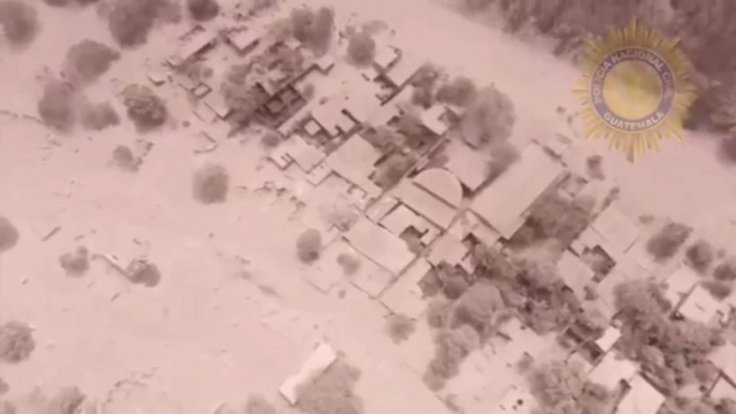
So far, drone cameras have always been used to identify signs of life in diverse disaster zones. It is only now that in the world's first study, scientists from Adelaide and Iraq are going forward with a new technique to identify and monitor vital signs from far-off regions.
Through a computer vision system, engineers from the University of South Australia and Middle Technical University in Baghdad are able to differentiate survivors from deceased bodies, even if the system is set up 4 to 8 metres away at a distant spot. It is ideal for many situations, including earthquakes and floods, nuclear disasters such as Fukushima, chemical explosions, bio attacks, mass shootings, combat search and rescue or where a plane has crashed in a remote area, they said.
On the upper torso of a human body, cameras are able to locate tiny movements in the chest cavity. These would indicate the heartbeat as well as the breathing rate of the body. But unlike earlier studies, the drone's identification is not dependent on the colour of the skin or the temperature of the body. The novel finding is indeed a breakthrough, which would be a correct way of identifying signs of life, according to scientists. The article was published in mdpi.com.

As recently as 2017, UniSA Professor Javaan Chahl and Dr Ali Al-Naji, who are the leaders of the current study, proved that a drone camera can identify and measure heart and respiratory rates fast. Their method was to identify changes in the skin tone of humans. They situated the camera within three metres. They also depended on one pose alone, in which a subject would stand in front of a drone, not lying prone like in a disaster zone.
Further techniques with thermal cameras could only find out signs of life when they detected a contrast between body temperature and its background, which made it tough in warm surroundings. When people were clothed in insulated wear, thermal cameras were found unreliable.
"This study, based on cardiopulmonary motion, is the first of its type and was performed using eight people (four of each gender) and a mannequin, all lying on the ground in different poses," Prof Chahl says. These videos were taken in daylight, up to eight metres away, and in relatively low wind conditions for one minute at a time. The cameras successfully distinguished between the live bodies and the mannequin, he said.
Prof Chahl added that technology can be leveraged to gauge signs of life in which time becomes crucial. It enables first responders who are seeking to identify survivors in disaster zones. He said: "This system would be ideal for many situations, including earthquakes and floods, nuclear disasters such as Fukushima, chemical explosions, bio attacks, mass shootings, combat search and rescue or where a plane has crashed in a remote area."









